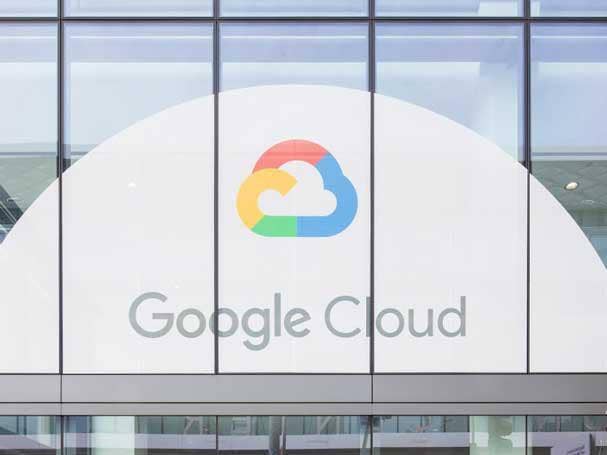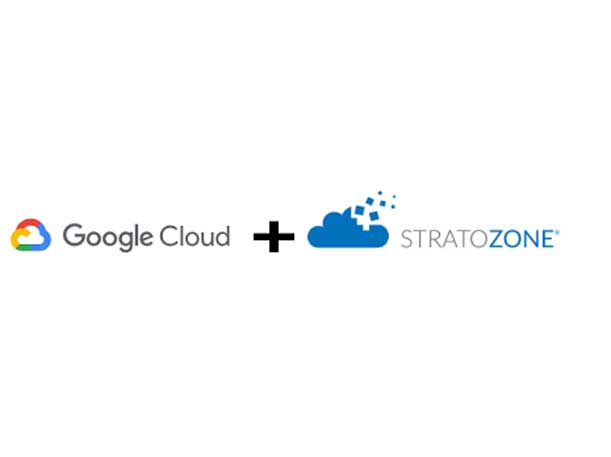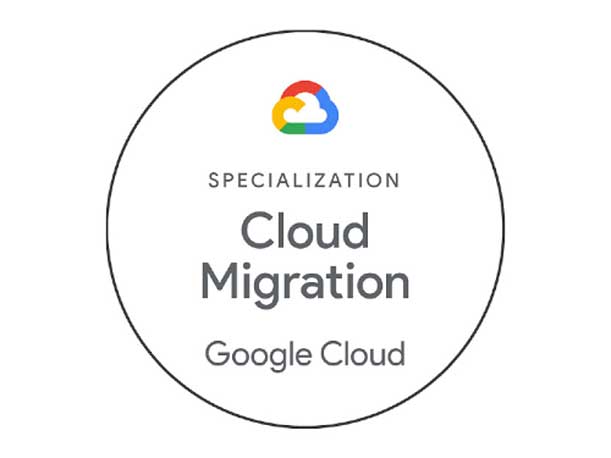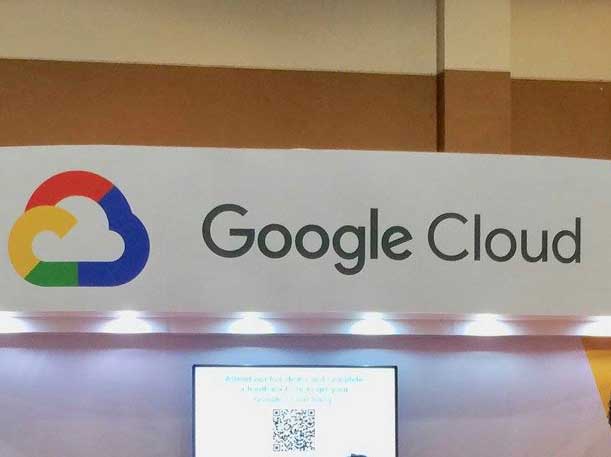Google Launches ‘Biggest’ Cloud Migration Program Ever: 6 Key Things To Know
Google Cloud’s new Rapid Migration Program combines Google products, resources and best practices with channel partners’ own cloud migration offerings aimed at accelerating cloud migrations faster than ever before. Here are six things every Google Cloud partner needs to know about RaMP.

Google Cloud is making its biggest investment ever to accelerate cloud migrations by launching a new Rapid Migration Program (RaMP) that unleashes all of Google’s products, programs and engagement models into a unified program aimed at accelerating cloud migrations 10 times faster.
“We’re going to bring everything into one motion with RaMP, which is our biggest investment and focus area for accelerating cloud migrations to date,” said Stephen Orban, Google Cloud’s vice president of migrations, in an interview with CRN.
“We’re working very closely with partners to align our best practices with their approach, with a goal of 10Xing how quickly and reliably our customers are able to migrate so they can see faster value of moving to the cloud and fund more of those new initiatives,” Orban said.
[Related: Google Vs. Amazon Vs. Microsoft: Q1 Cloud Earnings Face-Off]
Google’s New RaMP Program
Even as the nearly $30 billion Google Cloud grows cloud sales faster than its competitors, the Mountain View, Calif.-based company believes there’s still a significant lack of overall cloud migration in the industry.
Despite cloud momentum, Orban said although many customers he speaks with have goals of moving 75 percent to 100 percent of workloads to the cloud over the next several years, they’re still only about 5 percent to 10 percent of the way there.
“If we can help customers migrate faster, and drive 10X the acceleration and the value that they get from moving to the cloud by migrating and modernizing their legacy estates to Google, we’ll be able to help them fund more of the new projects to help them transform their customer experience,” said Orban.
RaMP is aimed at creating a successful migration and cloud operating model with best practices supported by channel partners, particularly systems integrators.
The program will include a new RaMP Deck that closely tracks large-scale migrations. RaMP also includes Google products such as StratoZone to discover and assess workloads to migrate. It also includes Database Migration Service, Storage Transfer Service and Migrate to Virtual Machine Service, which lifts and shifts servers, to name a few. On the partner front, Google Cloud Migration Specialization partners are being on-boarded Wednesday into the program with greater incentives and resources available.
In an interview with CRN, Orban breaks down six “keys” Google Cloud channel partners and customers need to know about the new cloud migration program, which is a priority for the company.

Google’s New RaMP Deck
We’ve developed a RaMP Deck Google sheet to use as a single source of truth between our customers, partners and account teams to make sure we’re employing the correct best practices.
We’re creating great governance patterns to create consistency in how our customers and partners are developing their business cases, developing OKRs [objectives and key results], developing their training plans, making sure their cloud teams are leveraging the best practices that we’ve seen work with other customers, and are meeting on a regular basis to run that down with the customer.
So inside of the RaMP program, we’ve developed something called the RaMP Deck, which is like a workbench that our account teams and partners are using with customers who are executing large-scale migrations.
The RaMP Deck tracks what those OKRs are, what is our progress against them, any kind of risks we have that are blocking progress, what are the things that we’ve learned, and then reviewing that with our customers and partners on a regular basis to make sure things are staying on track. When we learn things or we have ambiguity that we face, being able to triage that really quickly is important.

‘Robust Inventory Of Tools’ To Help Automate Migrations
We’re making sure that we have a robust inventory of tools that help automate the most common migration scenarios.
We have a lot of our own tools that we’ve developed from Google Cloud. We have StratoZone to help discover what’s in the customer’s data center environments and do some TCO analysis on it. We have a tool called MFit, which looks at a particular application or server and assesses the fit for let’s say, containerization or some modernization. We have a tool that we launched a couple of weeks ago called the Database Migration Assistant, which will look at databases that a customer might be running in their environment and help them understand what capabilities they’re using and their fitness for cloud. We have a Storage Transfer Service.
So we have our own first-party tools. But we’re also making sure that we are augmenting that with partners’ tools.
So we’re also inventorying all the third-party tools like tools that our SI [systems integrator] partners have developed. Like Accenture has a great set of tools they call myNav that they’re using in their customer engagements. Then we’re working with tooling partners who have their own tools to discover what’s in customers’ environments.
We’re really making sure we have one central location where our customers, our partners and our account teams can draw the right tools to help them automate scenarios in each customer they’re working with.

Driving RaMP Via Systems Integrators
We’re making sure we have a great ecosystem of systems integrator partners, where we’re giving them all of these best practices, all of these tools and the RaMP Deck to help them align best with our teams and have a consistent way with how we approach migrations within our customers.
Our SI partners come with their own capabilities and their own methodology and their own way of thinking of migrations. We certainly encourage that.
A lot of our partners are building much more sophisticated ways of running these migrations, but we’re just making sure that we’re staying aligned, that our best practices are included, that their best practices are included, and really managing on a per-partner basis how each of their customer migrations are going.
This is so that we can make sure that our customers are getting that 10X improvement.

Building The ‘Right Incentive Models’
One of the last things we’re working on is making sure we are building the right incentive models—both for our partners to create and deliver on customer outcomes, and then for our customers to help them deal with the double bubble [the cost of continuing to pay for current on-premises IT while incurring new] cloud migration costs.
It’s a super exciting time for us. So many customers are looking to their cloud programs and looking towards cloud migrations to really save money to help them exit their data centers, but also to transform their business using some of our unique data analytics and now generative AI capabilities.
I talk to lots of customers who are saying, ‘Hey, we want to move 75 percent to the cloud.’ RaMP will help them migrate faster and help partners deliver that for customers.

How Channel Partners Can Participate In RaMP
For partners who want to join RaMP, we are talking to any of our partners who have our Google Cloud Migration Specialization today. That’s a specialization we already have. So there’s a stable of partners who have our Google Migration Specialization.
Then we also recently launched what we call Data Center Modernization, which has a much higher bar.
So we’re working with our partners who have the Google Cloud Migration Specialization to encourage them to also meet the requirements of our Data Center Modernization Specialization.
We’re working with a stable of partners who are in that mix to enable them on our RaMP capability, and then aligning their go-to-market approaches with our approach. We’re pulling together all of these different teams, processes, approaches and best practices to help our customers with these migrations through our partners with this structured approach program.
We’re making some funding available to the partner and we’re making some funding available to the customer to help them with that sort of double-bubble migration costs.

Google’s Message To Channel Partners
All of our channel partners who are looking to drive a systematic approach to helping their customers migrate to the cloud have an opportunity to align their approach with ours with RaMP. We want to have a unified and consistent approach with our partners to take customers through this.
We know that many of our systems integrator partners have been already doing this for a long time. We welcome and embrace the approaches that they’re already taking and to help educate us on what they are so that we can make sure we’re maximally aligned as we’re helping customers move.
It’s an exciting of time to be in the cloud space in general, and specifically at Google because of our unique capabilities.
So many of our customers are looking for help when they move to the cloud and our partner ecosystem is going to be the way that we drive most of these migrations—ideally, all of these migrations. That’s the big opportunity for partners here.
Our customers need help. They want a structured approach that’s full of best practices. Our partners have an amazing opportunity now to align with us to give these customers that help.